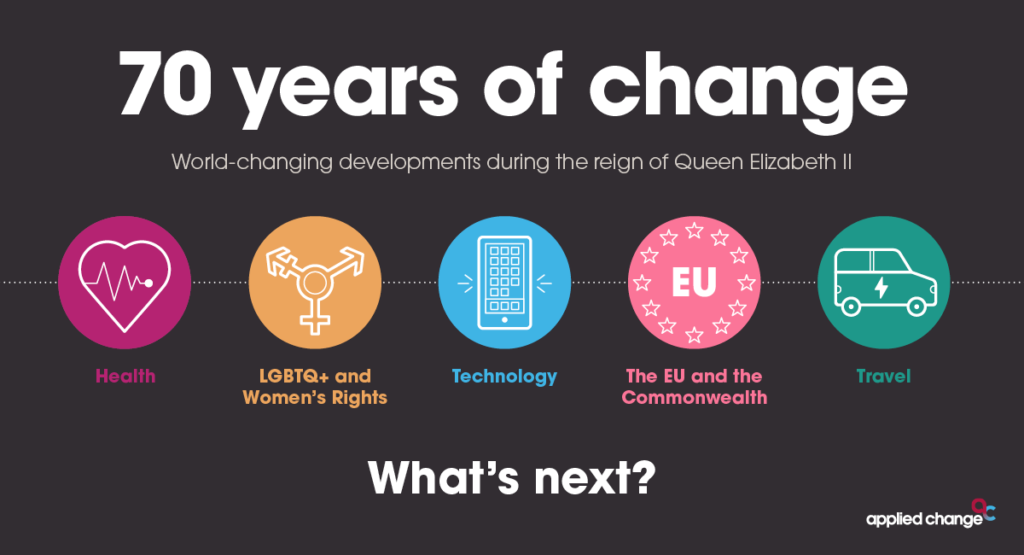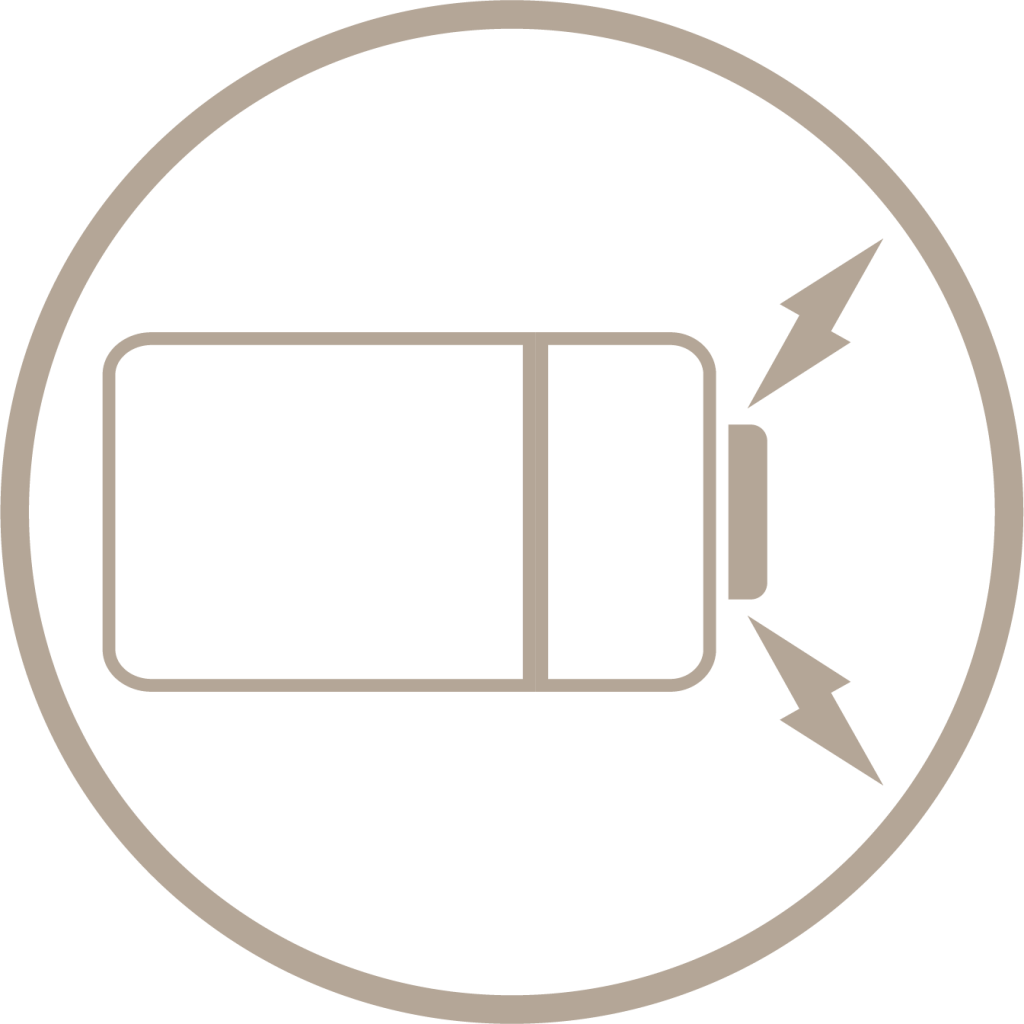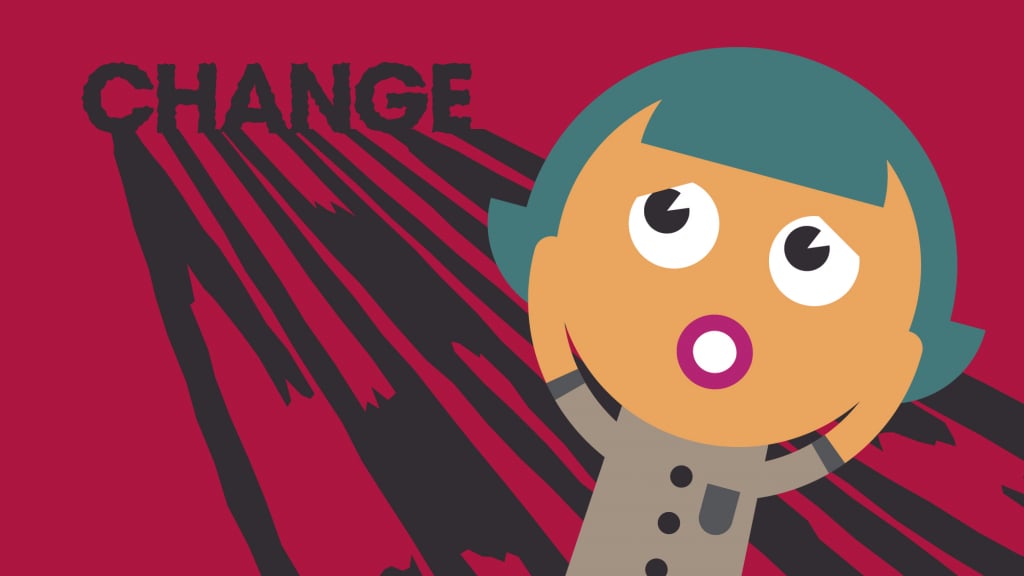Why is it so difficult to make change stick?
Whether it’s a goal at work, something personal or simply following through on that new years’ resolution, you may have noticed that sustaining any change can be way more difficult than we expect. We may start full of gusto in our quest to quit smoking, adopt a vegan lifestyle, get more exercise etc and yet all too often we look back and wonder “when exactly did I let that one slip by the wayside and fall back into my old habits”?
Why do most people struggle to turn good intentions into sustained life changes? Knowing what to do is very different from actually doing it.
The short answer is that our basic psychology, our hard wiring, is often working against us and hijacking the good intentions without us necessarily being aware of it. The good news though is if you understand what’s happening you can hack it. You can become one of those people who seem to effortlessly make positive changes stick. You can make those changes that matter to you without relying on extraordinary willpower that so often lets most people down.
I’m not going to pretend it’s easy but what I can say (from our own experience with business clients and from the huge body of research into change) is that paying attention to these 5 themes will dramatically increase your chance of success. So let’s take a look at the themes:
1. Energise – The desire and motivation for change
Staying as we are is normally the easiest option so our emotional drive to change must be strong enough to move us into action. It may be that our dis-satisfaction with the way things are has reached a critical point or that we’re reaching for something that really matters to us. It’s simply not enough to want it rationally though, we need to feel it emotionally. Be clear on why you are changing and ensure you are emotionally connected to it; try visualising what it will feel like once you have made the change. Whichever techniques you use, the hard truth is that If you’re not really feeling it then you’re unlikely to stay the course.
2. Enable – Addressing the reasons to resist, pause or become distracted
With all good intentions there are obstacles to navigate and if we don’t pay attention to them they will end up derailing us. They will consume our willpower and energy and we’ll eventually fall off the wagon…the only question is when. Consider what is likely to slow you down, distract you or derail you and build strategies to deal with them before they happen. Apparently a bacon sandwich has derailed many a veganism journey, especially after a few beers!
3. Execute – The tangible steps needed to make it real
Good intentions will come to nothing if we don’t know precisely what we need to do. There’s a popular saying that rings true here: “what gets scheduled gets done”; most of us lead busy lives with lots of things competing for our attention. Give yourself a chance and be clear from the start the steps you need to take and monitor your progress. Consider rewarding yourself when you achieve certain milestones to keep yourself motivated. You could even tell your friends your plan and get them to hold you to it! Above all else though, break it down sufficiently so that it feels achievable.
4. Embed – Shaping the habits and behaviours needed to sustain the changes
Did you know that around 85% of what we do each day is habit based? Our brains use automatic patterns of thinking to drive most of our actions. Think about driving a car. Habits can either be good for us or bad for us and the key is to understand they exist and they take time to form. Research suggests that this can take anything from 30 days to 150 days depending on the nature of the habit we are forming or replacing. So be prepared to go for the long haul and focus on forming the habits you want.
5. Evaluate – Reflecting, understanding and adjusting the approach as needed and without bias
The world doesn’t stand still and our lives often take unexpected turns. These can, in turn, derail or even invalidate our initial good intentions. The changes we make take place within the broader context of our lives, our social groups and our priorities, all of which can change. Take the time to reflect regularly on how you’re doing and whether anything has changed either in your own feelings or in your broader lifestyle. The key is to be honest with yourself and not bury your head in the sand hoping it will all sort itself out. Better to deal with any challenges early and head on so they don’t become a bigger problem later.
I hope this helps a little and wishing you all the very best with your goals for this year. For a bit of fun, why not see how where you could increase your chance of success using our quick and easy Change Journey Navigator Assessment by clicking below. It takes just a few minutes.







